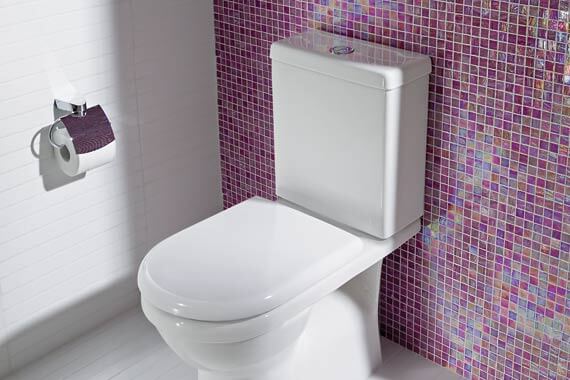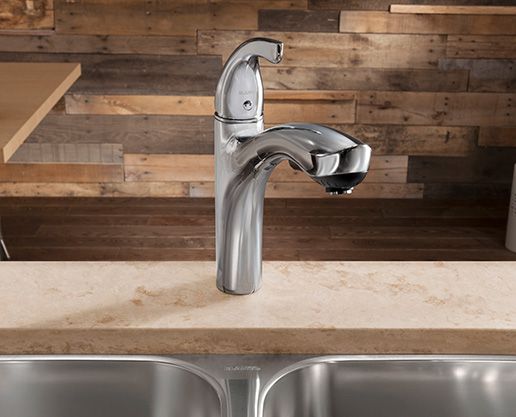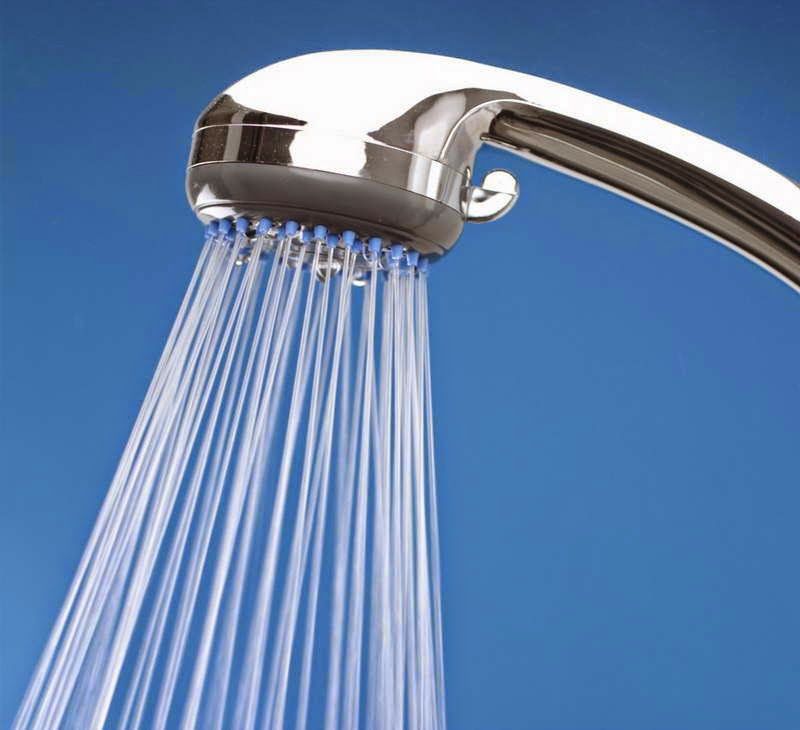4 Ways to Save Water & Save Money
Plumbing upgrades to save water are increasingly popular ways to be more eco-friendly and with good reason. Whether the motivation is to save money on water bills or to be "greener", conserving water in your home or business is a great place to start with the help of a plumber.
Low-Flow Toilets
 Plumbing upgrades to save water are best started with the porcelain throne. Most conventional toilets use 3.5-5 gallons of water per flush. That adds up very quickly, especially in a household with several family members or in large businesses. The low-flow toilets that are on the market now only use 1.6 gallons per flush. That’s a substantial difference!
Plumbing upgrades to save water are best started with the porcelain throne. Most conventional toilets use 3.5-5 gallons of water per flush. That adds up very quickly, especially in a household with several family members or in large businesses. The low-flow toilets that are on the market now only use 1.6 gallons per flush. That’s a substantial difference!
When low-flow toilets first came on the market, not all of them flushed all that well, but now they work great, and many of them work even better. They are also very reasonably priced, so it won’t take long for the money you save on your water bill to pay for the upgrade.
There are a couple of different options for low-flow toilets. One is like what you’re used to - the same kind of flush every time. But another popular option has two flush options - one uses very little water, and the other you can choose when you want to flush with the full amount of water the flush can use.
Kitchen and Bathroom Faucets
 Replacing old kitchen and bathroom faucets is another great way to cut down on your water usage. Older faucets use a lot more water than they need to, but how much depends on age. Faucets from before 1992 use between three and seven gallons per minute! Many faucets installed between 1992-1998 were reduced to as little as 2.5 gpm. After 1998, new faucets had to meet a standard of no more than 2.2 gpm at 60 psi.
Replacing old kitchen and bathroom faucets is another great way to cut down on your water usage. Older faucets use a lot more water than they need to, but how much depends on age. Faucets from before 1992 use between three and seven gallons per minute! Many faucets installed between 1992-1998 were reduced to as little as 2.5 gpm. After 1998, new faucets had to meet a standard of no more than 2.2 gpm at 60 psi.
Consider how often you run a faucet: every time you wash your hands, wash your face, brush your teeth, fill a tub or sink, fill water pitchers and dog bowls, etc. It REALLY adds up. USGS has some great stats on per capita usage.

Water-Saving Showerheads
Water-saving showerheads have been on the market for several years now. While there have been some models that had a lever to stop water flow or reduce water flow when not needed, those didn’t become very popular in the past. Now there are lots of new options that are improved and the most basic is similar to how the more efficient faucets work. They are able to reduce water flow without sacrificing water pressure.
Save Even More with Rebates
Some municipalities offer rebates on water-saving items to offset some of the purchase price. Don’t forget to check in your area!

